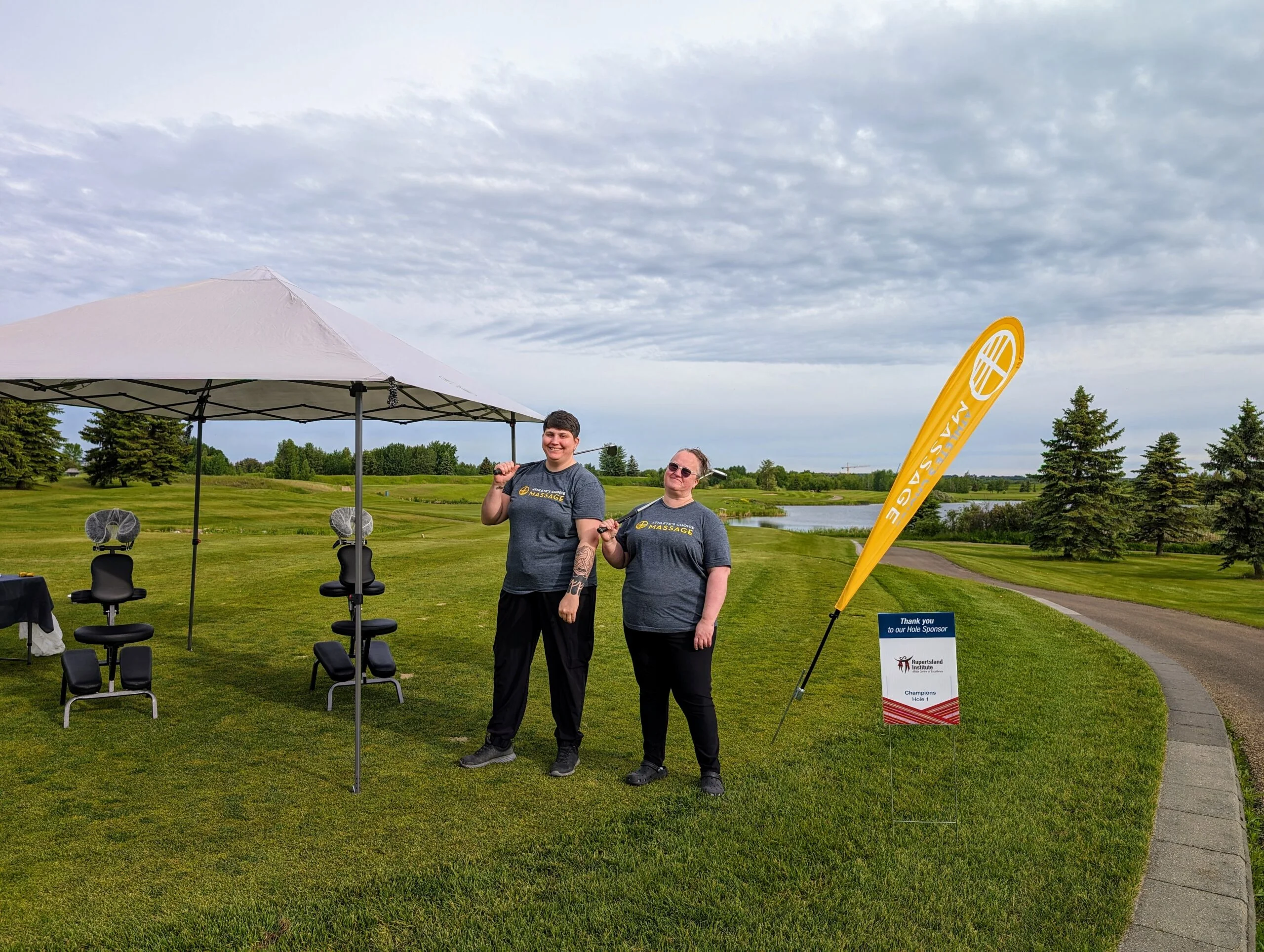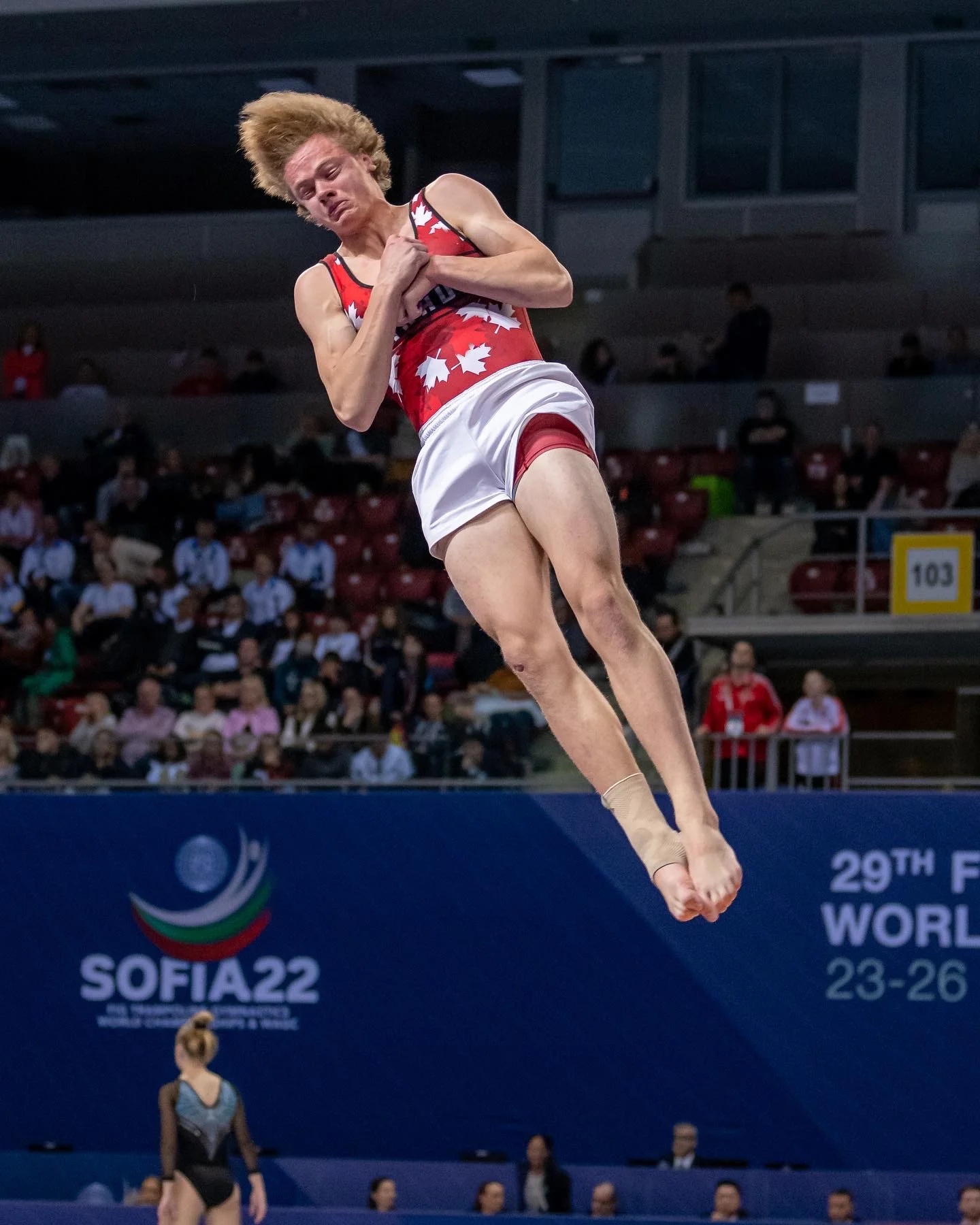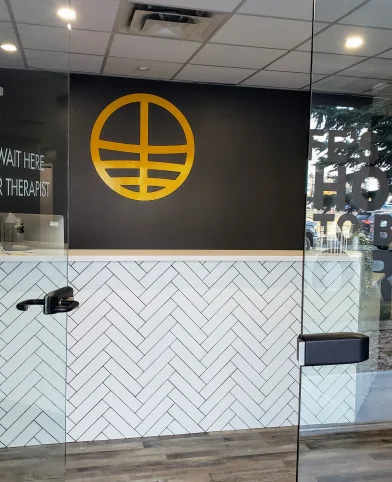The deltoid muscle is a large, triangular muscle located in the upper arm and shoulder. It is responsible for movements of the shoulder joint, such as lifting the arm away from the body and rotating the arm outward. The deltoid muscle is divided into three parts: the anterior (front), middle, and posterior (back) deltoid. Each part of the deltoid muscle is responsible for a specific movement of the shoulder joint. The anterior deltoid is responsible for flexing the arm at the shoulder joint, the middle deltoid is responsible for abducting the arm (moving it away from the body), and the posterior deltoid is responsible for extending the arm at the shoulder joint. The deltoid muscle is an important muscle for activities such as lifting and throwing, and it is often trained in weightlifting and strength training exercises.
Function of the Deltoid Muscle
The deltoid muscle is a large, triangular muscle located in the upper arm and shoulder. It is responsible for movements of the shoulder joint, including flexion, abduction, and extension.
Flexion: The deltoid muscle helps to flex the arm at the shoulder joint by bringing the arm forward and upward. The anterior (front) portion of the deltoid muscle is responsible for this movement.
Abduction: The deltoid muscle helps to abduct the arm (move it away from the body) by lifting the arm to the side. The middle portion of the deltoid muscle is responsible for this movement.
Extension: The deltoid muscle helps to extend the arm at the shoulder joint by bringing the arm backward and downward. The posterior (back) portion of the deltoid muscle is responsible for this movement.
In addition to these movements, the deltoid muscle also helps to stabilize the shoulder joint and contribute to overall shoulder strength. It is an important muscle for activities such as lifting and throwing, and it is often trained in weightlifting and strength training exercises.
Common Issues with a Deltoid Muscle
Some common issues that can affect the sartorius muscle include:
- Sartorius muscle strain: A sartorius muscle strain is a common injury that occurs when the muscle is overstretched or torn. Symptoms of a sartorius muscle strain may include pain, swelling, and difficulty moving the leg.
- Sartorius muscle tightness: The sartorius muscle can become tight due to overuse, inactivity, or poor posture. Tightness in the sartorius muscle can lead to discomfort and difficulty moving the leg.
- Sartorius muscle weakness: Weakness in the sartorius muscle can lead to difficulty performing activities that require the muscle, such as walking, running, and climbing stairs.
If you are experiencing any issues with your sartorius muscle, it is important to consult a medical professional for proper diagnosis and treatment. Treatment options may include rest, therapeutic massage, physical therapy, medication, or surgery, depending on the severity of the issue.
How to stretch your Deltoid Muscle
There are several stretches that can help to stretch and improve flexibility in the deltoid muscle:
- Arm crossover stretch: Stand with your arms extended to the sides at shoulder height, palms facing down. Cross one arm over your chest and hold onto your elbow with the opposite hand. Gently pull your elbow across your chest until you feel a stretch in the shoulder. Hold for 30 seconds and then switch sides.
- Doorway stretch: Stand in a doorway with your arms extended to the sides and your palms pressing against the doorframe at shoulder height. Slowly walk forward until you feel a stretch in your shoulders. Hold for 30 seconds and then relax.
- Wall angel stretch: Stand with your back against a wall and your arms extended to the sides at shoulder height. Keeping your arms straight, slowly raise them up above your head until you feel a stretch in the shoulders. Hold for 30 seconds and then relax.
- Towel stretch: Hold one end of a towel in each hand and raise your arms to shoulder height. Keeping your arms straight, lift the towel up above your head and let it hang behind your back. Gently pull down on the towel with your arms to stretch the shoulders. Hold for 30 seconds and then relax.
Remember to always stretch gently and avoid overstretching, which can cause injury. If you are experiencing any pain or discomfort while stretching, stop immediately and consult a healthcare professional.
How to Rehab your Deltoid Muscle
If you are experiencing an injury or other issue with your deltoid muscle, rehabilitation can help you recover and improve function. Here are some steps you can take to rehab your deltoid muscle:
- Rest: It is important to rest the affected muscle to allow it to heal. Avoid activities that cause pain or discomfort, and try to keep the muscle immobilized as much as possible until the pain subsides.
- Ice: Applying ice to the affected muscle can help reduce inflammation and numb pain. Try using an ice pack or cold compress for 20-30 minutes at a time, several times a day.
- Heat: Applying heat to the affected muscle can help relax tight muscles and improve blood flow. Try using a heating pad or warm compress for 20-30 minutes at a time, several times a day.
- Physical therapy: Physical therapy can help you restore strength and flexibility in the affected muscle. A physical therapist can design a customized rehabilitation program for you and guide you through exercises to help you recover.
- Medications: Your healthcare provider may prescribe medications to help manage pain and inflammation. Follow their instructions for taking these medications as directed.
It is important to follow your healthcare provider’s recommendations for rehabilitating your deltoid muscle. They will be able to determine the best course of treatment for your specific situation.






